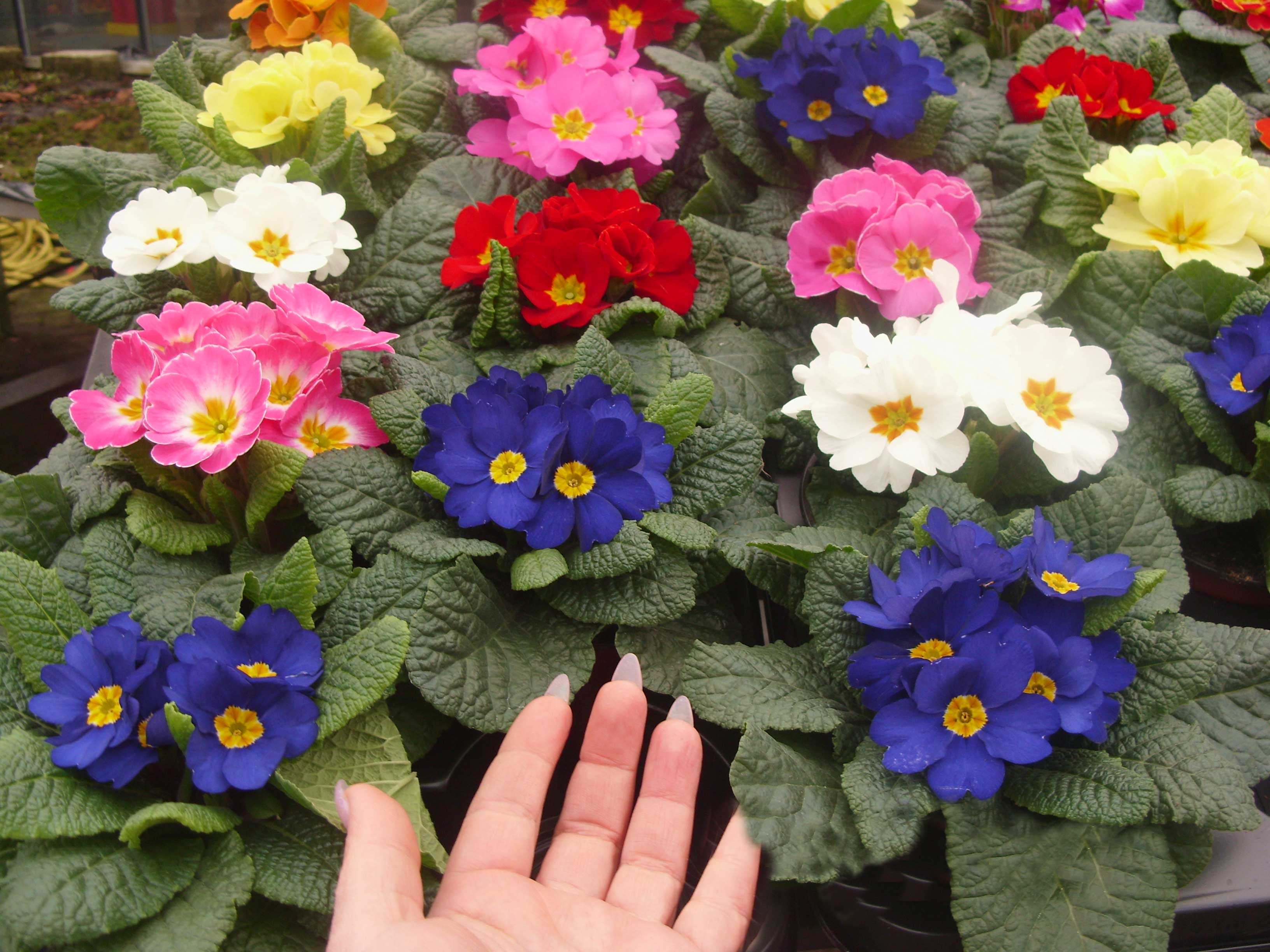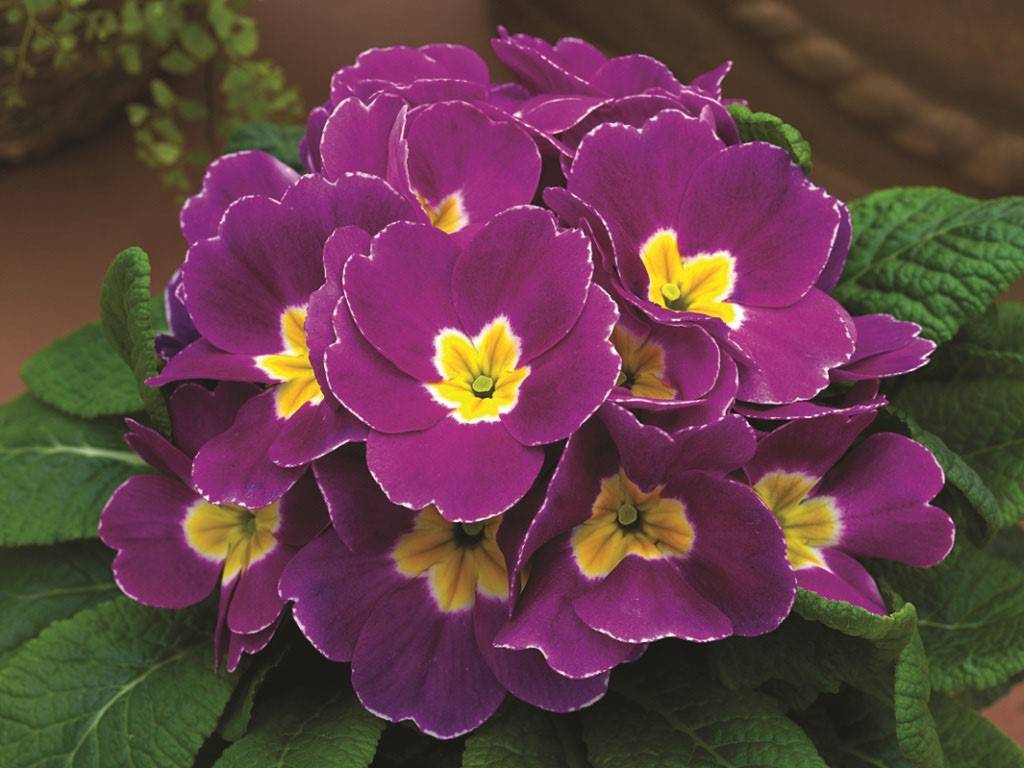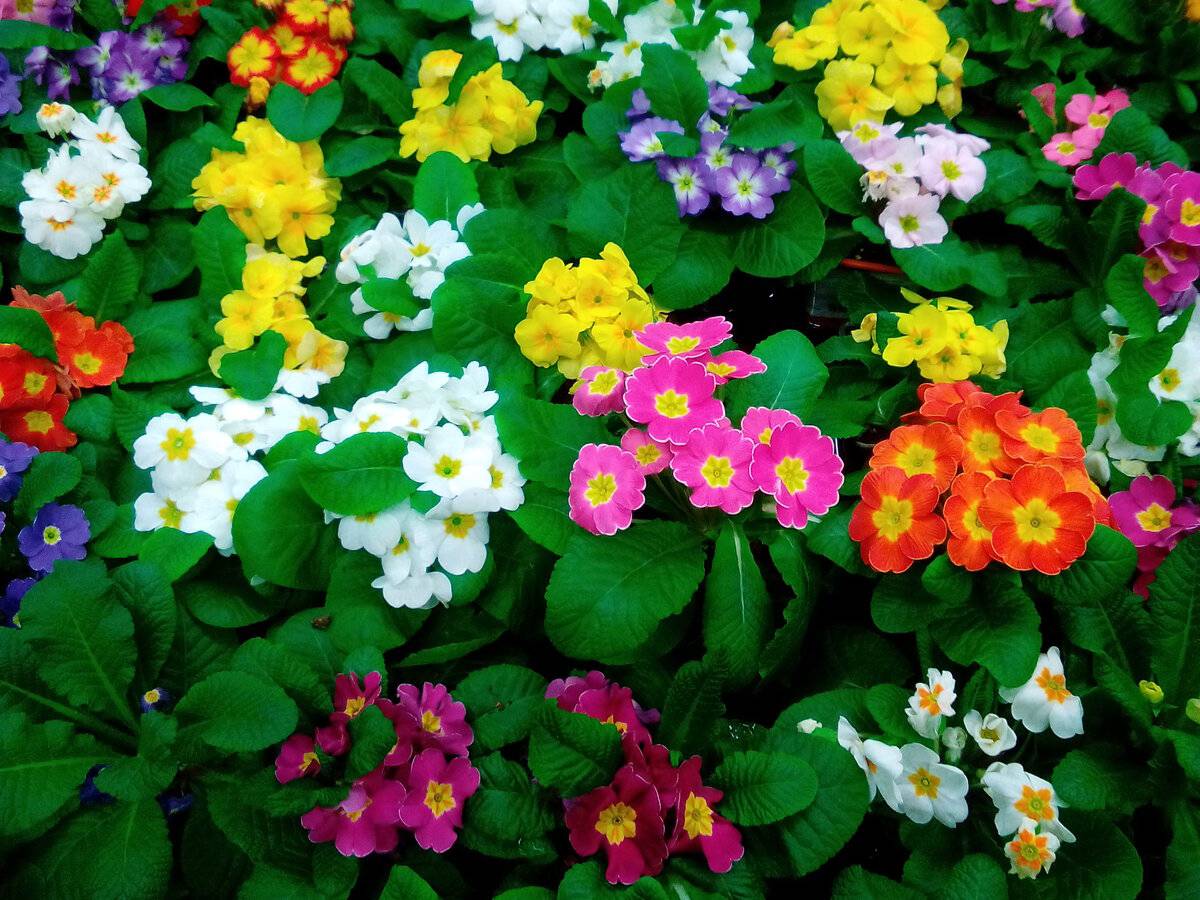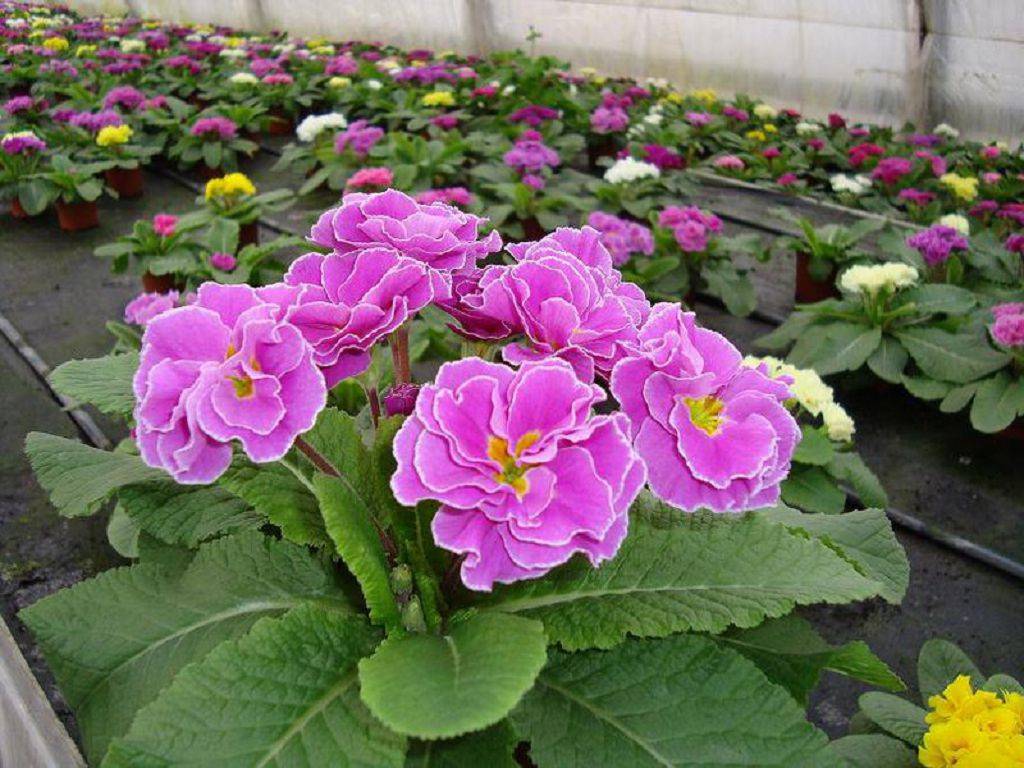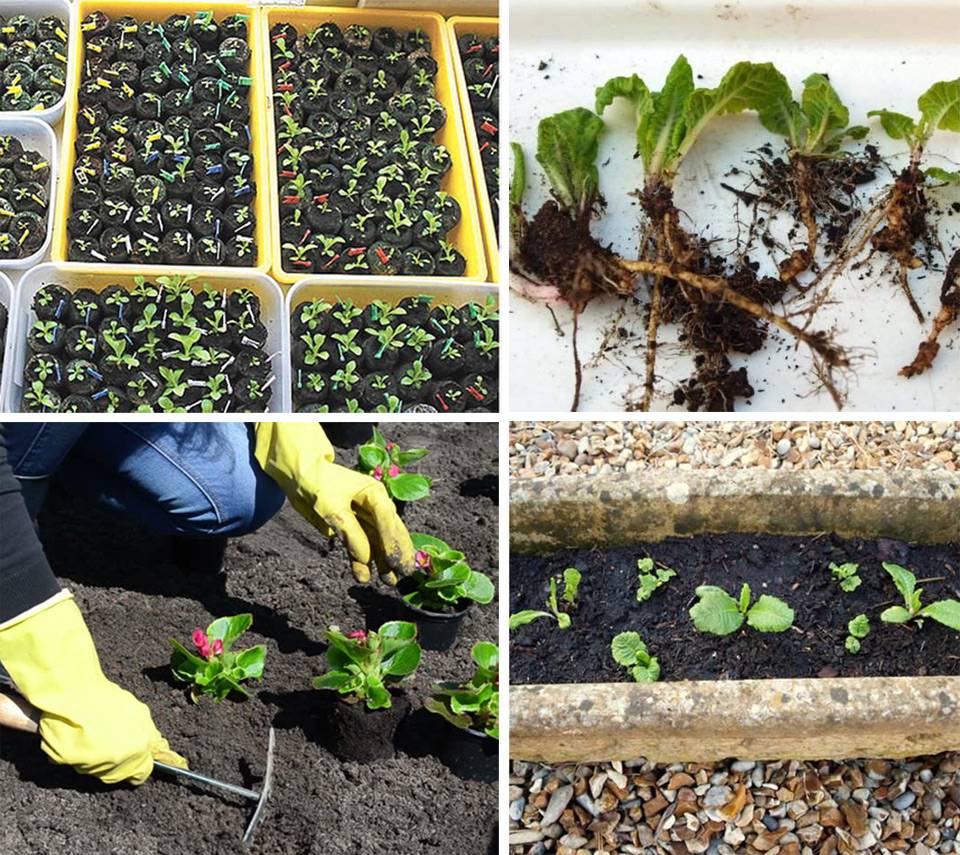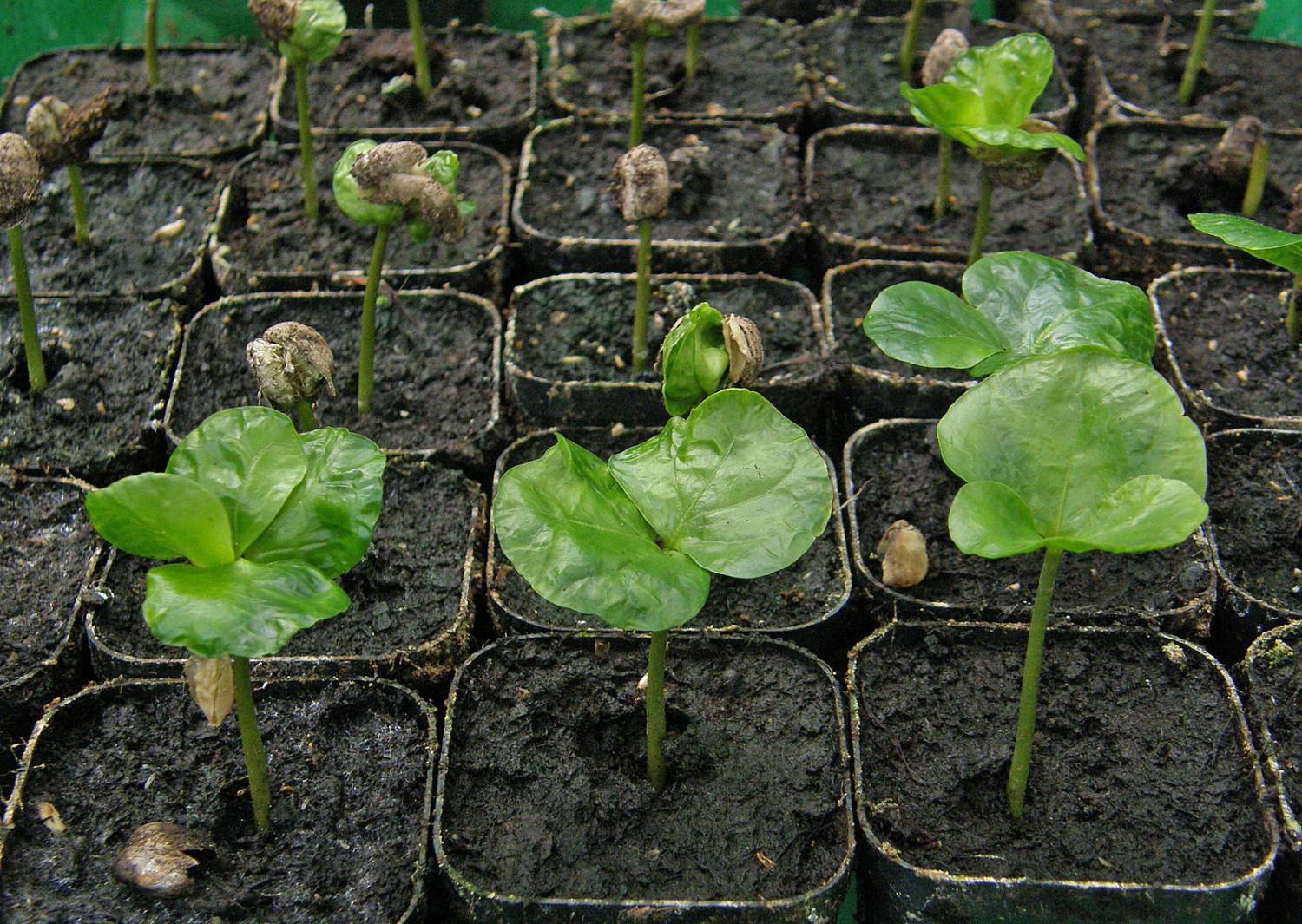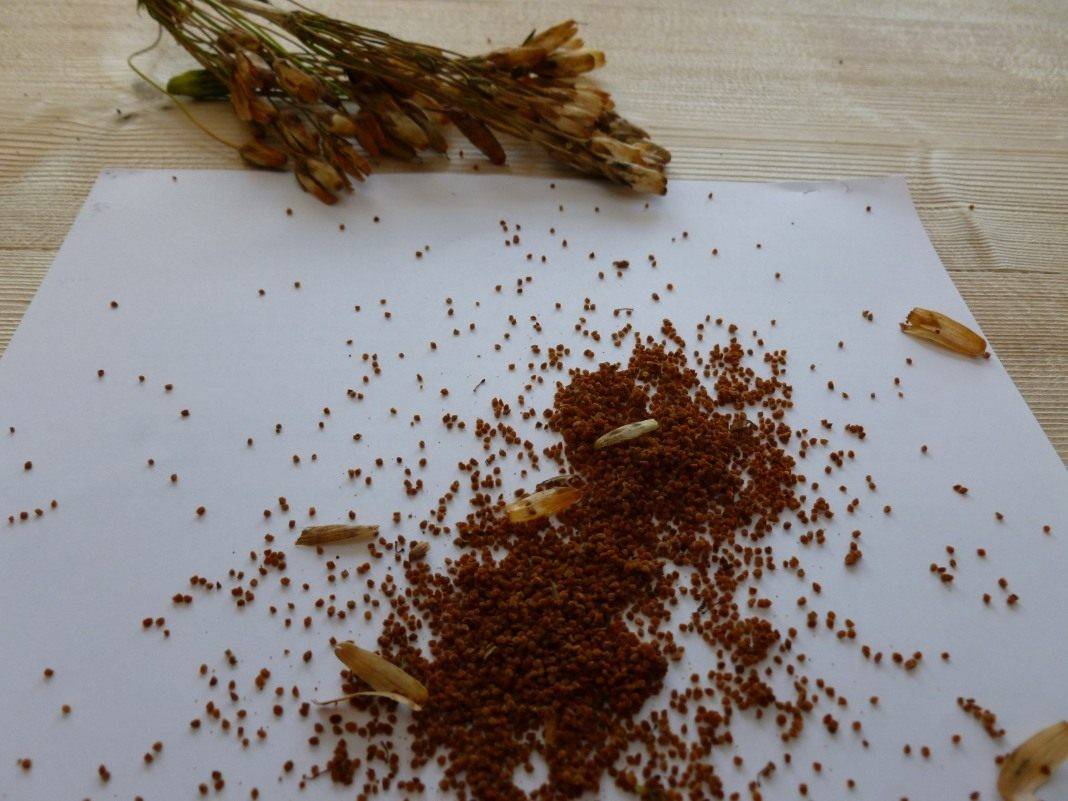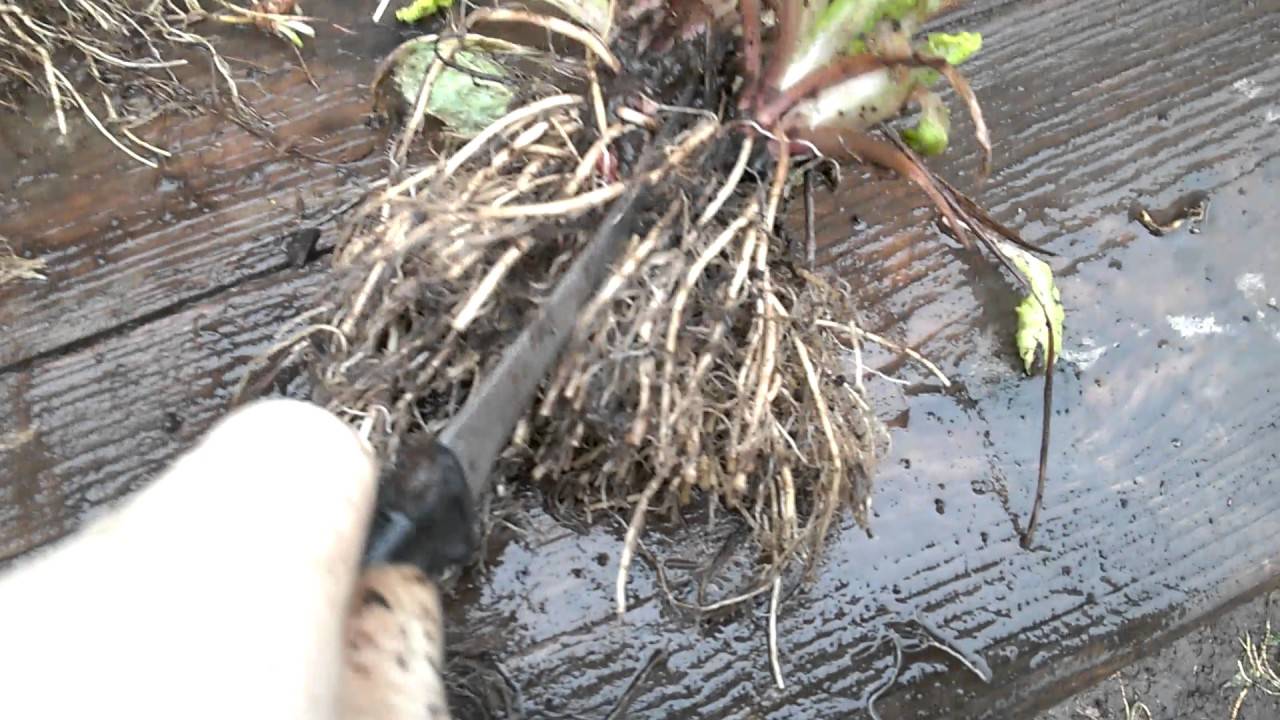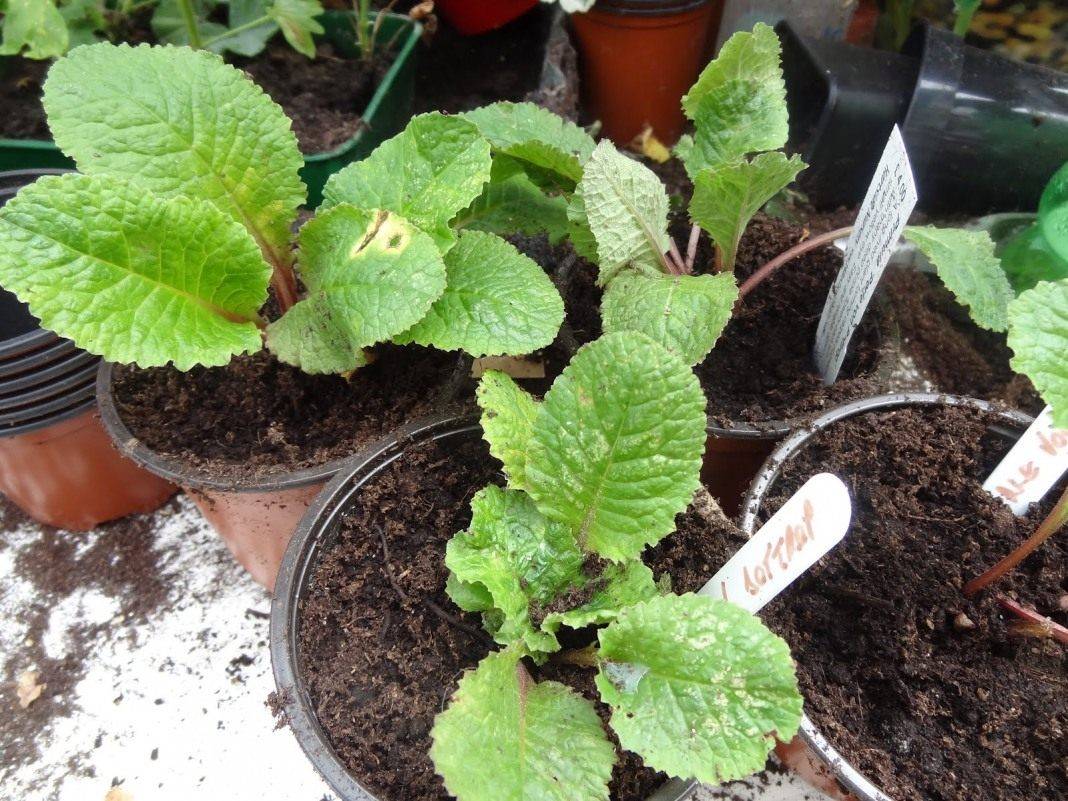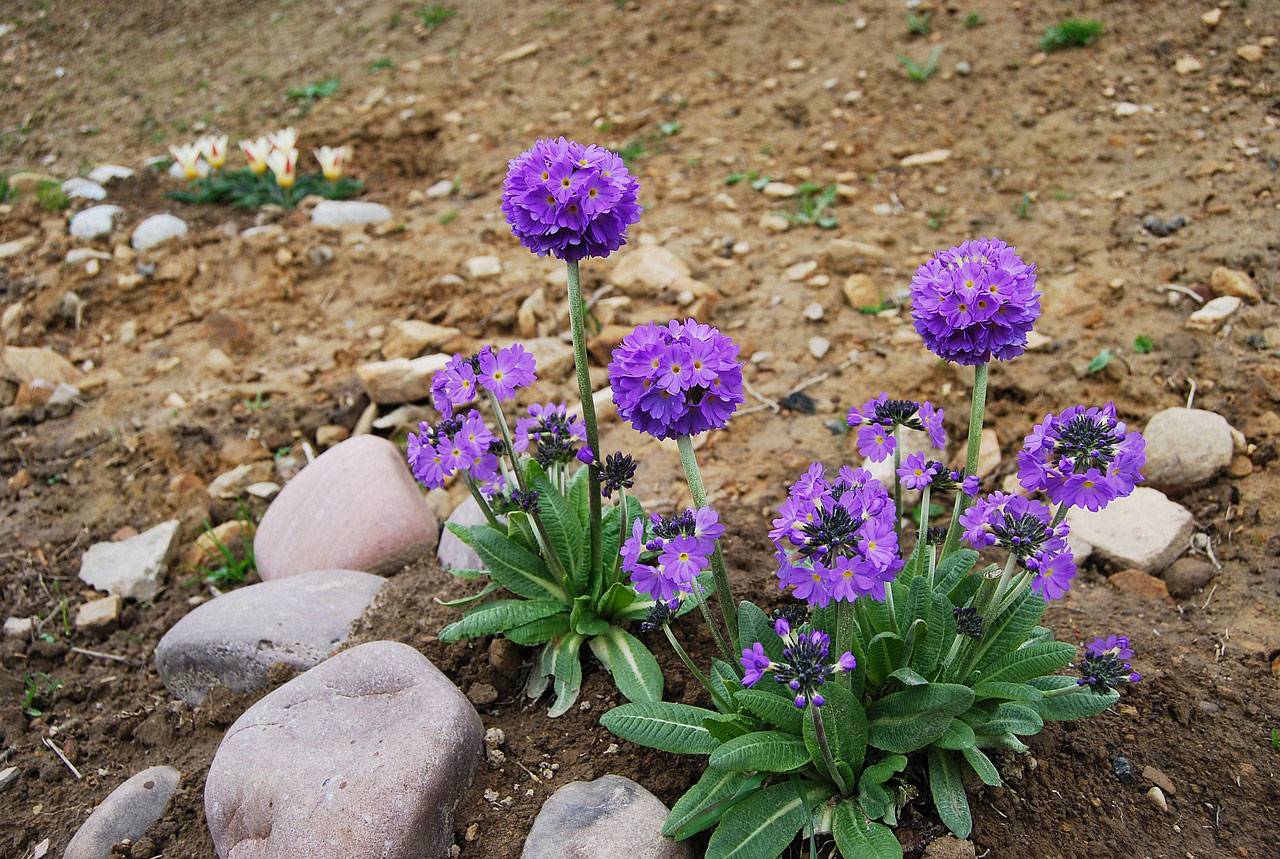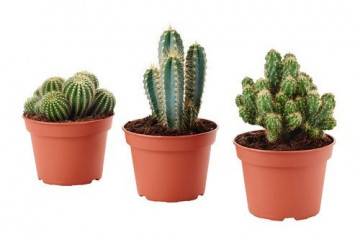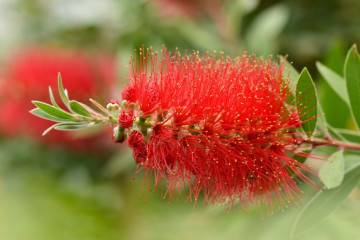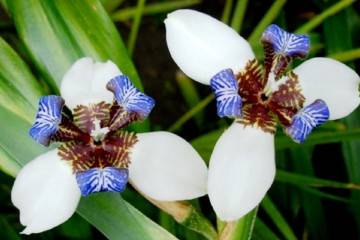Reproduction of primrose: basic methods and examples at home
Content:
Primrose is practically the first spring flower. Already at the end of February, in flower shops you can find small pots with a low bush, where buds of bright flowers are located in a rosette of leaves. Thanks to this rapid flowering, the plant received a second name - primrose. But it is not necessary to buy flowering pots, you can plant the plant yourself. The main thing is to study how primrose breeds, how to perform such a procedure on your own.
What does it look like and what family it belongs to
The flower belongs to the Primulaceae family. The plant is herbaceous and is often found in the wild. The culture is widespread in the temperate zone - Europe, North America, China.
The maximum vegetation period is spring. During this period, the bush is gaining strength, buds appear, which instantly bloom. Primrose, grown from seeds of which is produced using a special technology, has the following characteristics:
- the leaf is terry with a clear pile throughout the plate, it is usually of a rich emerald color. The shape is wavy with distinct jagged edges. The leaves are collected in a dense rosette, where they are located on long stems;
- flowers are also soft with a little nap. The colors can be completely different. Usually the buds are collected in small tassels or umbrellas. Such inflorescences can number more than 5 specimens;
- the root system is superficial, so the plant receives all the nutrients from the upper layers of the soil.
Common varieties
To breed primrose, you first need to decide on the variety. There are about 550 options, which are divided into 30 sections. This number does not include hybrid varieties. In gardening, only 200 variations are actively used.
The most popular options are:
- tiered (candelabra);
- umbrella-shaped;
- cushion;
- bell-shaped;
- spherical.
Among them there are both perennial specimens and annuals. It is possible to determine exactly which subspecies to plant only after studying all the characteristics and features.
History of appearance
Many legends, stories and sagas are associated with the emergence of the flower. The most common is associated with the fact that the angel Peter dropped the keys to paradise on the ground, and at the place where they fell, the first yellow primrose flower appeared.
The plant began to propagate to decorate landscape design and window sills at the beginning of the 19th century. Since then, the first flowers have become a symbol of the "opening" of spring and the arrival of warmth.
Home care
Many gardeners who love bright and early flowers have a question about how to grow primrose at home.Getting a good specimen with a healthy appearance and strong stems requires proper care.
Particular attention should be paid to humidity, room temperature, watering, and the right substrate. If you create suitable conditions for growth and development, then the flower will bloom on time and beautifully.
Humidity
Air humidity does not significantly affect the condition of the specimen. Although some varieties can react with dry leaves, the tips of which turn brown and curl.
To avoid this, it is worth at least once every 2 weeks to spray the bush from a spray bottle. The water should be soft and preferably well settled.
Temperature
Primrose is not very thermophilic, so the normal temperature for flowering is 18 ° C. So that the plant does not begin to bloom ahead of time in the winter period of time, you need to put the pot on the window in the room where the temperature will not exceed 16 ° C. In order for the buds to bloom, you need to increase the temperature indicator to 20 ° C. After flowering, it is desirable to reduce this indicator again to 17-18 ° C.
Watering
During the period of lush flowering, primrose requires periodic watering, which should be carried out at the slightest drying of the upper layer of the substrate. The rest of the time, watering can be reduced to once every 2 weeks. The soil should not be too wet, this can lead to rotting of the root system.
The soil
Initially, it is worth preparing the correct substrate for a flower. To do this, you need to take three main components in equal proportions: peat soil, leafy soil, sand. For the Obconica variety, you also need to take sod land. Mix all parts. Be sure to pour a drainage layer on the bottom of the pot or hole.
Landing rules
Primrose is usually grown in small plastic pots, but is often transplanted outdoors for the summer. Then you need to transplant the bush into a flowerpot again and bring it into the room.
Step-by-step algorithm for planting a flower:
- Choose the right place. Do not plant in an open area with partial shade.
- Prepare the correct substrate and material to create the drainage layer.
- It is necessary to prepare small pits, which will be suitable in size for the size of the root system.
- If you plan to plant several specimens, then the distance between the pits should be about 30 cm.
- Lay out a drainage layer at the bottom of the fossa, the height of which is about 1-1.5 cm.
- Use a spray bottle to moisten the soil in the recess.
- Sprinkle the drainage layer with a prepared substrate.
- Place the bush in the hole and sprinkle with the rest of the substrate.
- It is not necessary to press down on the soil, since the root system should be well enriched with oxygen.
- Moisten the top coat again with a spray bottle.
In the same way, seedlings of primrose, which were previously grown at home in containers, are planted.
Reproduction methods
Few understand how primrose reproduces, although there are only three standard options that are relevant for almost any color.
- Sowing seeds.
- Division of an adult bush.
- Cutting with leaves.
The choice of the breeding option is made in accordance with the situation that is most suitable in a particular case. If the bush has grown and is impressive in size, then it is the division that will do.
Primrose is most easily grown from seed. This option is suitable if this is the first experience of planting a flower. Cuttings are suitable in any case.If you take at least one leaf from a bush, then in a few years you can get a whole garden of the same flowering plants.
Seeds
How to grow primrose from seeds at home for seedlings? There are several methods for laying planting material:
- winter sowing;
- frosty stratification;
- cold stratification;
The best option is frost stratification. At the same time, primrose, the seeds of which are correctly laid, quickly emerges and blooms on time. Small-toothed primrose, grown from seeds of which is carried out as follows, is most popular:
- Prepare a landing box.
- Cover container with substrate.
- Place each seed on the ground and lightly press down with your finger. No more than 5 seeds should be placed per 1 cm². It is better to lay them out with tweezers.
- Shoots can be observed in 7-10 days.
You can carry out the same procedure, but put the seeds on the snow. At the moment of its melting, the planting material will begin to fall into the ground. Also, thanks to this planting, the shoots will be hardened and will germinate exactly.
By dividing the bush
Another breeding option for primrose is dividing the bush. For this type of breeding, those flowers that are not less than 3, but not more than 5 years old are suitable. The specimen must be healthy and have a well-developed aerial part. The procedure should be carried out in the first days of March or early September.
How to propagate a primrose using the bush division method:
- Dig the plant out of the ground carefully.
- Remove the earthy clod from the roots.
- Carefully assess the condition of the root system.
- Conditionally divide the bush so that at least two renewal buds remain on each part.
- Use a sharp pruning shears to separate the root and aerial part.
- Treat the sections with an antiseptic or activated carbon powder.
Landing is done in the same way as described above. The fossa is prepared, drainage is prepared and the specimen itself is fixed. Watering is done only with a spray bottle.
Leafy cuttings
Any indoor primrose variety is propagated by cuttings. But the garden type of plant can be propagated in the same way. First you need to choose a suitable specimen to donate. It is advisable to take leaves from a young outlet that is completely healthy.
Propagation of primrose by leaf cuttings is carried out as follows:
- Select large leaves. The specimens must be completely healthy.
- Cut off the element in one motion, where 1.5 cm of the height of the cutting itself remains.
- Prepare a substrate that consists entirely of river sand.
- Immerse the cutting 3 cm in the sand. You should not add too much cuttings.
In order for the leaf to take root and take root faster, you need to periodically loosen the sand and moisten the surface with a spray bottle. During the development period, no fertilization is needed, this can harm the leaf itself.
After 2-3 weeks, the leaf will completely take root. For this to happen accurately, you need to create the right conditions for growth: shade the place, create a greenhouse effect. In this state, the cutting must be kept until the time comes for planting it in open ground.
To propagate primrose in the garden or on the windowsill, you need to know just a few secrets that will help you cope with this. The most valuable advice is to water your primrose on time. There are several options for flower propagation, each with its own advantages and disadvantages. But before starting, it is worth considering the features of the flower regarding planting and the rules for rooting cuttings, bushes and seedlings.
